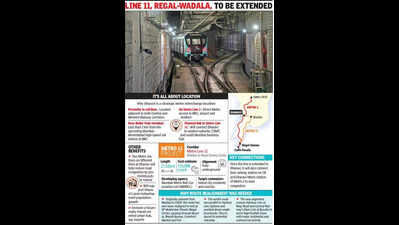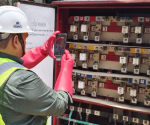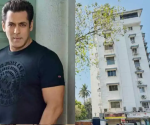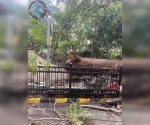Dharavi to be a major Metro interchange with 2nd station | Mumbai News – Times of India

Mumbai: Dharavi, already part of the Metro network via the under-construction Metro Line 3 (Colaba-BKC-Aarey), may soon see the addition of a second Metro station. As part of the Dharavi Redevelopment Project (DRP), plans are being drawn up to extend Metro Line 11 (Wadala-CSMT) into Dharavi, setting the stage for a significant Metro interchange that could enhance east-west and north-south connectivity across Mumbai.The extension to Dharavi will have two stations, including one at Sion. Sources said Metro Line 11 is likely to be extended westward from Wadala to connect with the existing Metro Line 3 station in Dharavi. Mumbai Metro Rail Corporation Ltd (MMRCL), which is executing the Metro 3 project, has also been appointed to construct Metro Line 11, running from Wadala to Hutatma Chowk via Byculla. The project, estimated to cost Rs 16,000 crore, is currently in the planning phase.“For years, Dharavi has lacked proper connectivity. A Metro hub here means better access to jobs, colleges, and hospitals across the city,” said Fatima Khan, a long-time Dharavi resident.As a Metro interchange hub, Dharavi will serve as a central mobility hub for the city. “There is a proposal to build a Dharavi Central Metro station, which could become the main interchange point for commuters from all directions,” said a source involved with the project. “The station is being designed as a multi-level structure that connects the city’s north-south and east-west corridors.”The interchange will allow commuters from the eastern suburbs to switch to Metro Line 3, enabling smooth access to BKC and the airport without relying on road transport, the source said, adding that this will drastically cut travel time and ease congestion on road corridors.“If this interchange comes up, I can get from Sion to BKC or the airport without changing multiple modes. It’s going to save so much time,” said Ravindra Patil, an office-goer from Chunabhatti.Planners also aim to integrate feeder bus routes and infrastructure for walking and cycling to improve last-mile connectivity. “It’s more than just a Metro station,” the official added. “The goal is to build a future-ready mobility hub that brings Metro, rail, buses, and non-motorised transport under one roof.” To support this, feeder routes are also being planned, connecting local neighbourhoods with Metro and train stations.
















